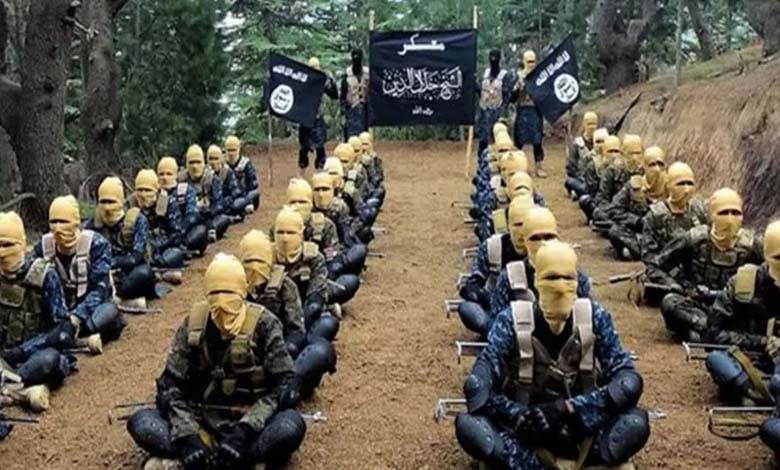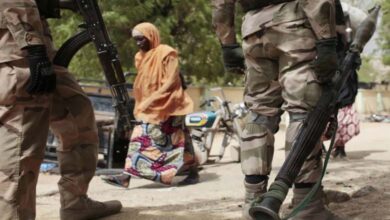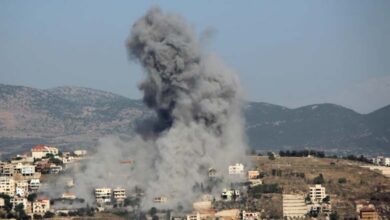“Daesh Khorasan” Emerges in Afghanistan

The terrorist organization Daesh Khorasan has reappeared in Afghanistan, claiming one civilian’s life and injuring three others in a country that has endured decades of the ravaging flames of terrorism.
Eyes on Daesh Khorasan
In recent times, attention has turned to Daesh Khorasan, especially after an attack by its members in a music hall near the Russian capital, Moscow, which resulted in dozens of deaths and injuries.
Yesterday evening, Saturday, Afghan police spokesman Khalid Zadran announced, “A sticky bomb exploded under a small bus in the Kot Sangi neighborhood of Kabul,” adding, “The driver was killed, and three other civilians were wounded,” noting that the police had launched an investigation into the incident.
The Khorasan group claimed responsibility for the attack, stating in a statement on the Telegram messaging app that it resulted in “the destruction of the bus and the injury of about 10 of its passengers and members of the Taliban.”
Kot Sangi is a commercial neighborhood predominantly inhabited by Hazaras, a Shiite minority often targeted by Daesh.
Last month, the group claimed a suicide attack in downtown Kandahar, a Taliban stronghold in southern Afghanistan, in front of a bank, where government employees and Taliban members had gathered to collect their salaries.
The attack then reportedly resulted in 3 deaths, according to an official source, but a medical source confirmed to AFP that the death toll was much higher, exceeding 20 deaths.
Experts suggest that Taliban authorities typically downplay the toll of these attacks.
Daesh Khorasan
The “Wilayat Khorasan” or “Daesh Khorasan” emerged in January 2015, incorporating dissidents from the Pakistani Taliban movement, impressed by Daesh‘s rise in Syria and Iraq in 2014.
At the time, these dissidents pledged allegiance to former Daesh leader Abu Bakr al-Baghdadi, before others followed suit in countries across Central Asia, the Caucasus, India, Bangladesh, and China, thus forming the faction.
While it’s challenging to ascertain the organization’s strength, terrorism organization experts estimate it comprises thousands of members, with the figure subject to fluctuation depending on circumstances.
After the announcement of Daesh Khorasan‘s creation, its fighters concentrated in the mountainous regions between Nangarhar and Kunar provinces in Afghanistan, a natural foothold for an organization considering itself a strategic rival to the Taliban.
It’s noteworthy that these regions are the same where reports indicate Al-Qaeda leader Osama bin Laden hid after the Taliban’s fall in 2001.
Subsequently, particularly after Daesh‘s defeat in Syria and Iraq, Khorasan branch ranks were bolstered by returning terrorists from both countries, of various nationalities, especially from Central Asia.












